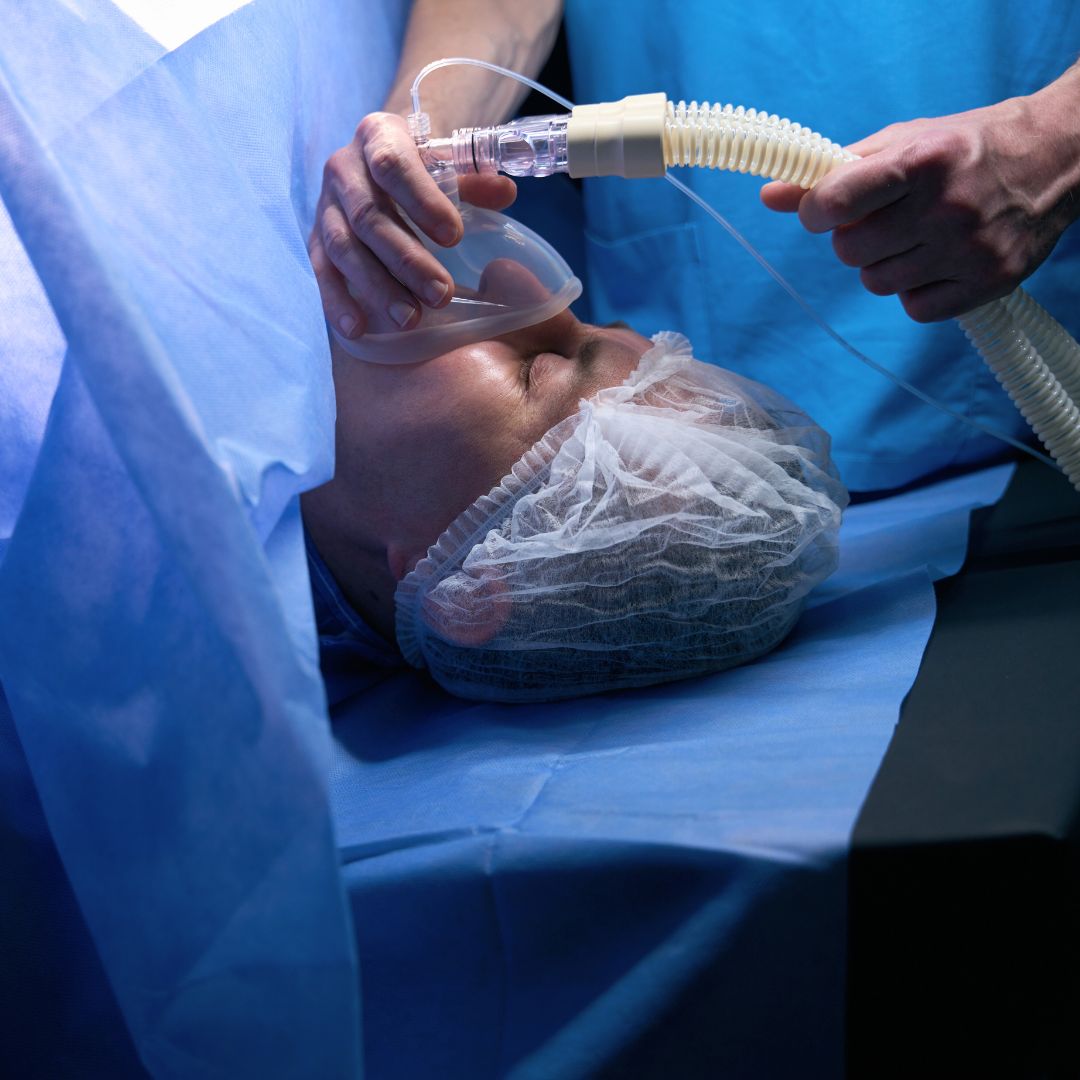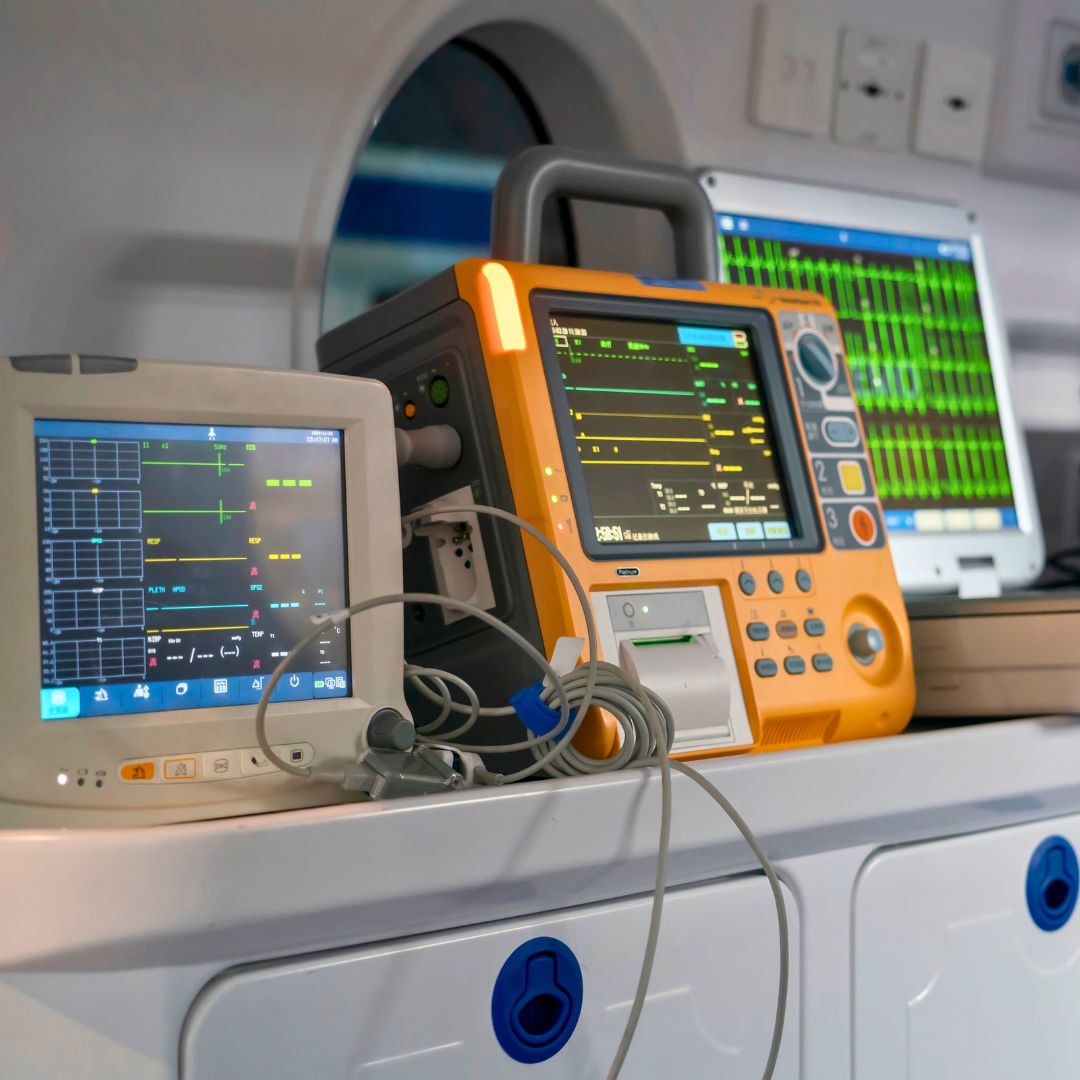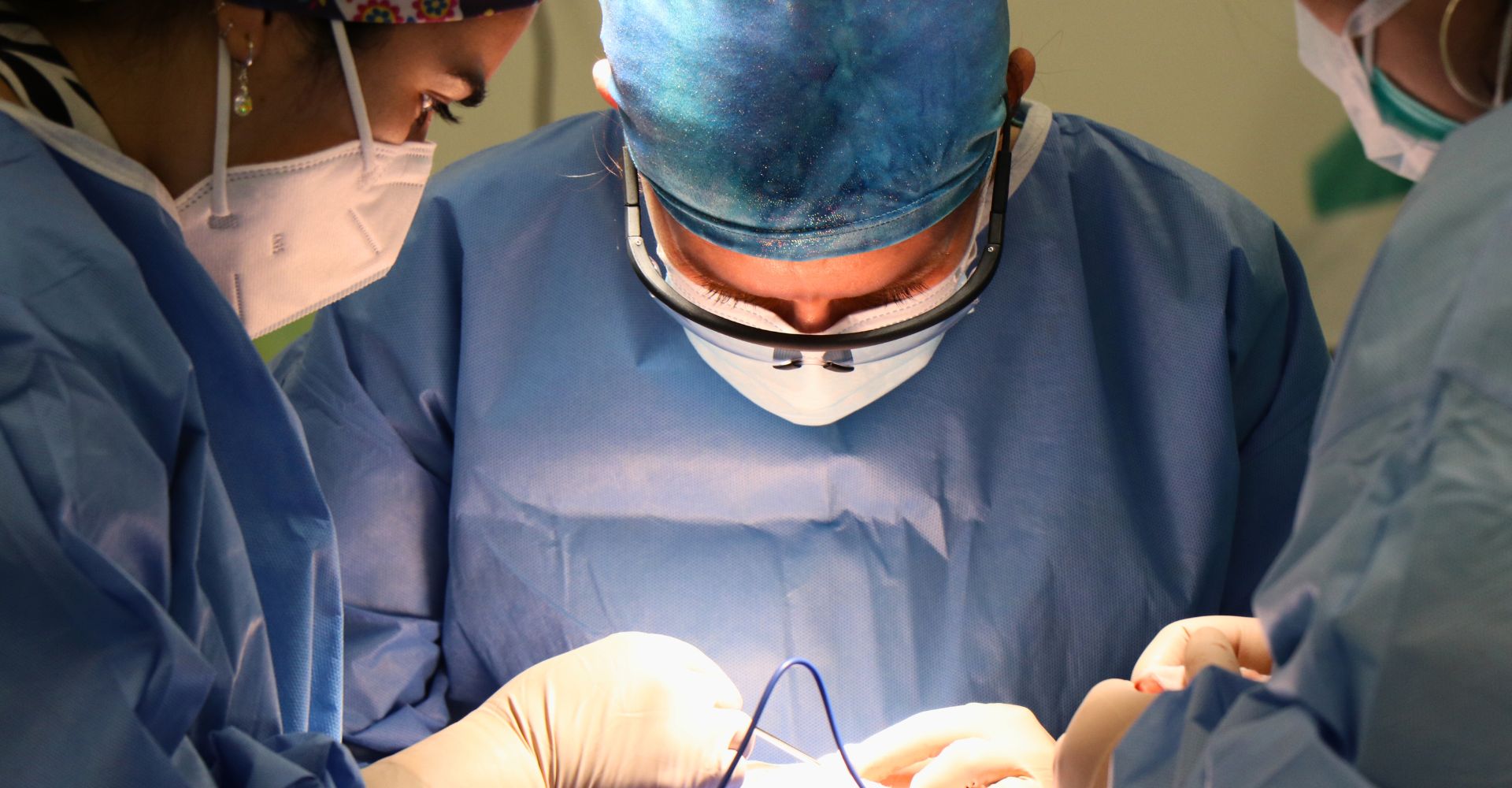 Loading... Please wait...
Loading... Please wait...Blog - normal capnography
How Capnography Can Help in the Early Detection and Management of Sepsis
Posted on 5th Dec 2024
At Pacific West Medical, we understand that timely detection and management of sepsis are critical for improving patient outcomes. Sepsis, a life-threatening condition caused by the body's response to infection, can progress rapidly and lead to organ failure. Capnography, the monitoring of carbon dioxide (CO2) levels in exhaled breath, has emerged as a valuable tool in identifying and managing sepsis early, thus enhancing the potential for effective interventions.

Provides Real-Time Assessment of a Patient’s Respiratory Status
In cases of sepsis, patients often experience alterations in ventilation due to metabolic and inflammatory changes. Monitoring end-tidal CO2 (EtCO2) levels helps healthcare providers identify deviations from baseline respiratory function. A significant decrease in EtCO2 can indicate worsening respiratory function, prompting further investigation into the potential presence of sepsis and allowing for timely interventions.

Assists in Evaluating the Effectiveness of Resuscitation
During sepsis, adequate perfusion and oxygenation are paramount. Monitoring CO2 levels gives clinicians immediate feedback on the patient’s hemodynamic status. An increase in EtCO2 during resuscitation efforts often signifies improved cardiac output and tissue perfusion. This vital information allows healthcare teams to adjust treatment strategies in real time to optimize patient outcomes.

Enhances the Potential for Early Identification of Septic Shock
A rapid decline in EtCO2 levels can signify a drop in circulation due to severe infection. By recognizing these changes quickly, medical professionals can initiate prompt resuscitation protocols, which are crucial to reversing the life-threatening effects of septic shock.

Supports Multi-Modal Monitoring of Sepsis-Related Parameters
Coupled with other vital signs and laboratory markers, CO2 monitoring enriches the overall clinical picture, allowing for better decision-making. This comprehensive approach ensures that healthcare providers can act swiftly and effectively when managing patients at risk of sepsis.
Capnography is a valuable tool in the early detection and management of sepsis. Through real-time monitoring of EtCO2 levels, healthcare providers can assess respiratory function, evaluate resuscitation efforts, identify septic shock early, and enhance overall patient care. At Pacific West Medical, we are committed to empowering clinicians with the tools necessary for effective sepsis management, ultimately leading to improved patient outcomes.

Improving Patient Outcomes Through CO2 Monitoring During Procedural Sedation
At Pacific West Medical, we recognize that monitoring patients during procedural sedation is critical for ensuring their safety and comfort. One of the key components to achieving this is the use of carbon dioxide (CO2) monitoring. By evaluating a patient’s respiratory status through capnography, healthcare professionals can significantly enhance patient outcomes in a variety of [...]
Recent Posts
- » Best Practices for Implementing CO2 Monitoring in Your Medical Facility
- » Best CO2 Monitoring Equipment for EMS
- » Elevating Healthcare: The Future of Medical Device Sales
- » How Capnography Can Help in the Early Detection and Management of Sepsis
- » CO2 Monitoring for Conscious Sedation: Best Practices and Techniques
